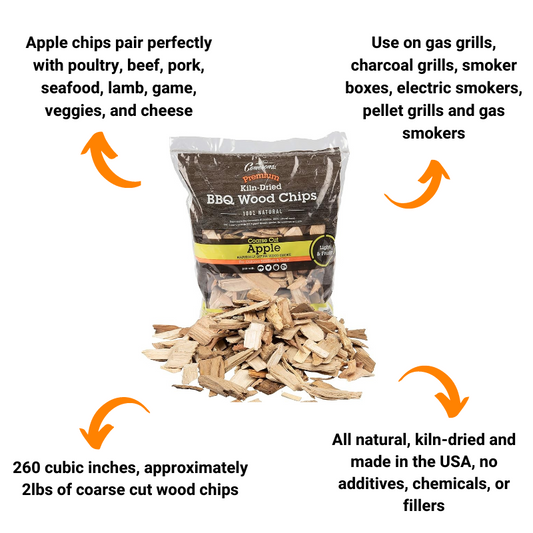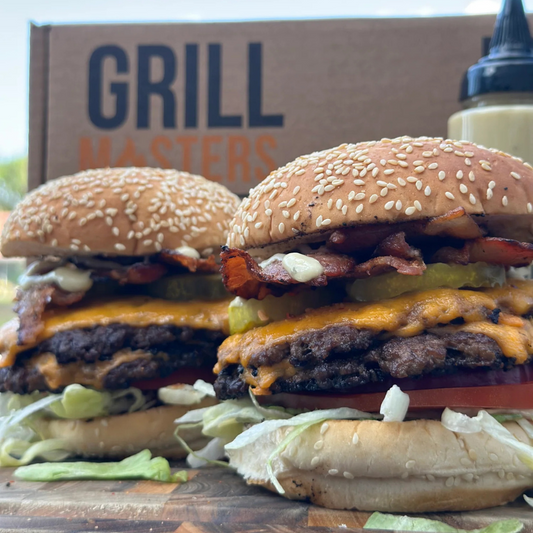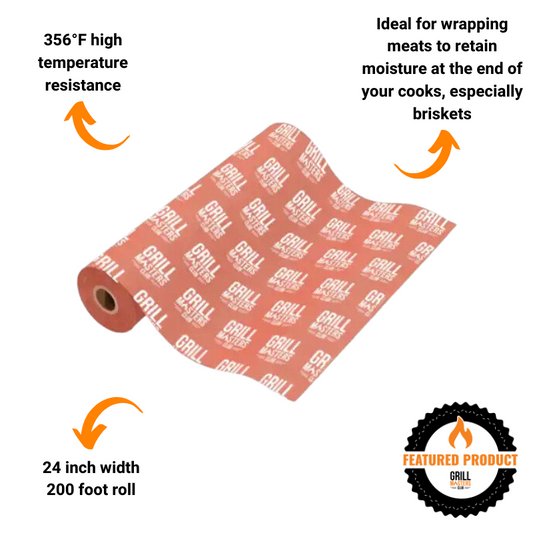Pro Tip: Clean Smoke vs. Dirty Smoke
The Smoke Secret: Why Clean Smoke Makes Better BBQ
When it comes to barbecue, smoke is more than just part of the process — it’s part of the flavor. But not all smoke is good smoke. In fact, understanding the difference between dirty white smoke and clean, translucent smoke could be the game-changing detail that takes your smoked meats from average to award-worthy.
Let’s break it down.
What Is "Dirty White Smoke"?
If you've ever seen thick, white, billowy smoke pouring out of a smoker, you're witnessing what's known as "dirty smoke." This type of smoke is usually caused by incomplete combustion — meaning your wood or charcoal isn’t burning cleanly. The reasons can vary: maybe your fire isn’t hot enough, your wood is too green or damp, or you’ve choked your fire by cutting off the airflow.
The result? Harsh, bitter flavors that overpower the natural taste of your meat. Think creosote-covered bark, an acrid aftertaste, and a mouth-coating layer of unpleasantness. It’s the kind of smoke that turns brisket into a bitter disappointment — and it’s easy to avoid once you know what to look (and smell) for.
What Is "Clean Smoke"?
Clean smoke, often called thin blue smoke, is the holy grail for pitmasters. It’s the wispy, almost invisible smoke that comes from a well-tuned fire burning dry wood at the right temperature with good airflow. It might appear faint or slightly blue — and that's exactly what you want.
This type of smoke enhances your meat with complex, layered flavors. It adds that rich, smoky depth we crave in good barbecue without making it taste like an ashtray. Clean smoke results in a beautiful bark, a defined smoke ring, and flavor that lets the meat — not just the smoke — shine through.
Why It Matters
Smoke is essentially seasoning in vapor form. Like salt, it can enhance or ruin your final product depending on how it's applied. Clean smoke acts like a spice: subtle, balanced, and controlled. Dirty smoke? That’s like dumping an entire salt shaker on your steak.
Here’s the bottom line: the quality of your smoke is just as important as your rub, your sauce, or your cooking temperature.
How to Get Clean Smoke Every Time
- 🔥 Use dry, seasoned wood: Moisture in the wood creates steam and dirty smoke. Always use well-seasoned hardwoods like oak, hickory, cherry, or pecan.
- 💨 Maintain proper airflow: Good combustion needs oxygen. Make sure your vents are open enough to feed the fire and exhaust smoke efficiently.
- 🧱 Build a steady fire: Don’t overload your firebox. A small, hot, consistent fire is better than a large, smoldering one.
- 👃 Smell your smoke: If it smells good — clean, slightly sweet, and woodsy — it probably is. If it smells bitter or sour, something’s off.
- 👀 Watch your smoke color: Thin, light blue or nearly invisible smoke is your goal. Thick white or gray smoke? Time to troubleshoot.
Final Thoughts
The best pitmasters aren’t just good at managing temperature — they’re experts at managing fire and smoke. By aiming for that clean, translucent smoke, you’re setting yourself up for deeper flavor, better texture, and that kind of barbecue that makes people close their eyes on the first bite.
So the next time you fire up your smoker, remember: Don’t chase the smoke — master it.

























